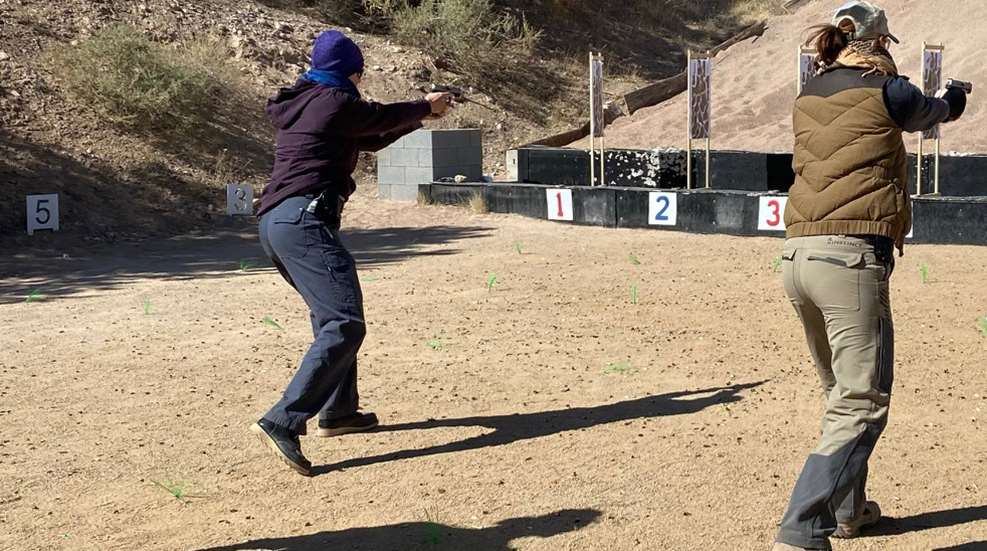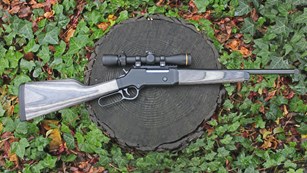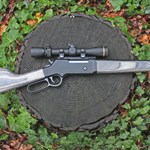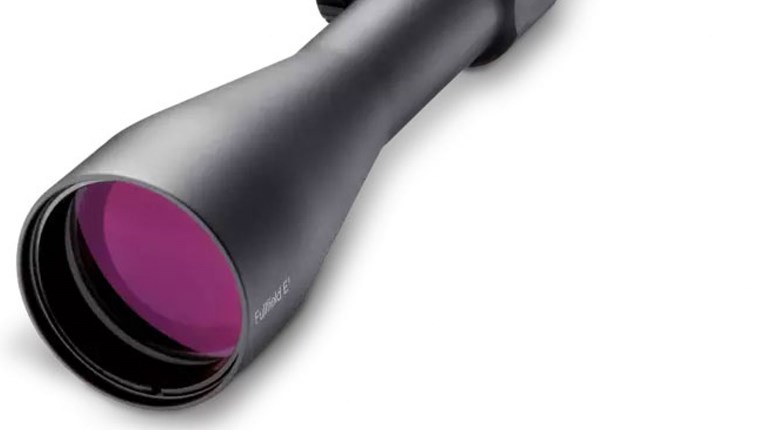
If you’re a new gun owner or a casual gun owner who’s looking to step up her practice time, finding a place to shoot isn’t always easy. Gun ranges vary dramatically in the amount of space, resources and assistance they offer. You’ll find everything from high-end gun clubs with cigar lounges and member’s-only perks to DIY public “ranges” that are little more than a rudimentary bench and a dirt pile in the woods. What you end up utilizing most will depend on your needs, your budget and the distance you’re willing to travel. How do you get started finding the right range for you?
First, ask around. If you have friends who own farms or wooded acreage, they might have enough space for you to set up a simple but safe makeshift range—if that’s the case, all it’ll cost you is the price of a portable shooting bench/table and some paper targets stuck to empty cardboard boxes.
If you have gun-owning buddies, ask where they shoot. They might be a member of a club or at least have a range they can recommend.
Then, conduct an internet search. In many places, state game lands or national forest service lands have designated range spaces. The ones near me are very basic—that bench-in-the-woods situation I mentioned above—but that might be all you need. These are generally self-serve, so bring your own targets, and don’t expect a range officer or any supervision. You might need a permit to hunt on state property to use a range like this; I typically buy that permit as part of my hunting license each year anyway, but if you don’t, check before you go.
The NRA maintains a database of places to shoot, and you can use it to search by zip code and find out what’s in your area. Some of the ranges listed there are private, like police department ranges, but contact information is listed for every range, so call before you go and see what the deal is. The NRA also offers a list of instructors and training courses near you, if you are looking for a class to take.
If you plan to do a lot of practice and training, it might pay to join a gun club in your area. These can vary, but many clubs offer perks to members like extended hours, member’s-only days, discounts on range fees and merchandise, a lounge area or clubhouse, shooting leagues, and more. They will typically be set up with nice shooting lanes and benches (for rifle and pistol clubs) or skeet and trap fields and a sporting clays course that they change up routinely (for shotgun clubs). Combination clubs also exist if you’d like to do it all. Many places also allow a pay-as-you-go structure so you can try the club out a time or two and see if it’s for you before you join.
Most ranges and clubs have limits on what you’re allowed to shoot. Some are set up for pistols only and don’t allow center-fire rifles; some are set up for shooting rifles at a couple hundred yards but don’t want you shooting shotgun slugs or muzzleloaders; some have limited range and won’t be suitable if you’re looking to stretch out to 500 yards. Some ranges do not allow pistol shooters to draw and shoot from a holster, which might matter to you if you plan to train for self-defense purposes. Some large ranges have pistol bays open some days of the week and rifle lanes open other days or use the same spaces differently depending on the day. Find out what the range or club’s rules and limitations are before you go so you don’t show up expecting to sight-in your hunting rifle only to be told the rifle range is limited to 50 yards.














































